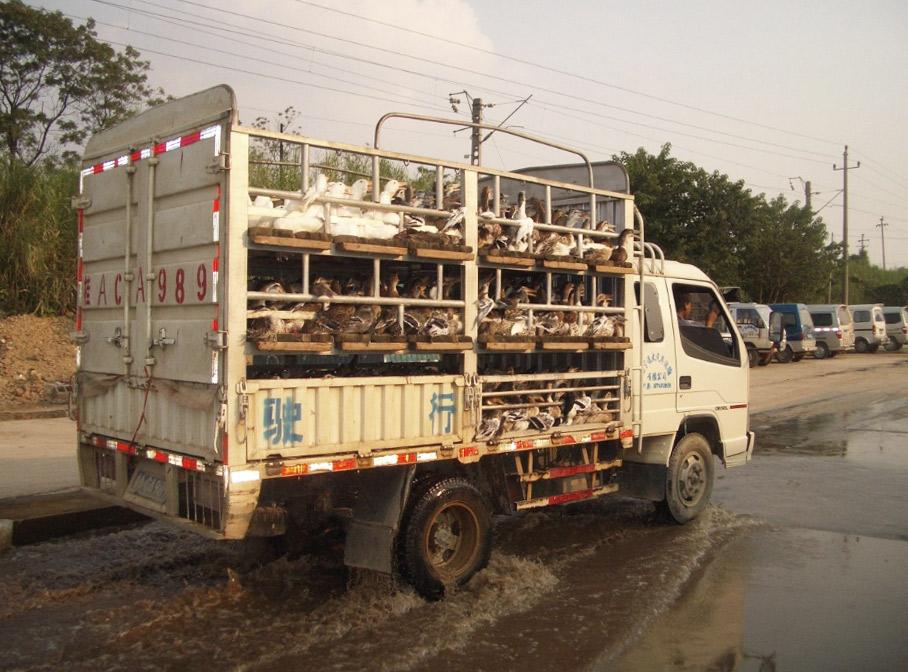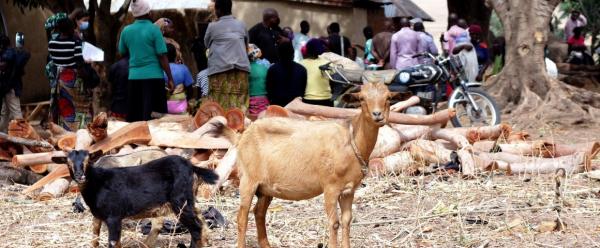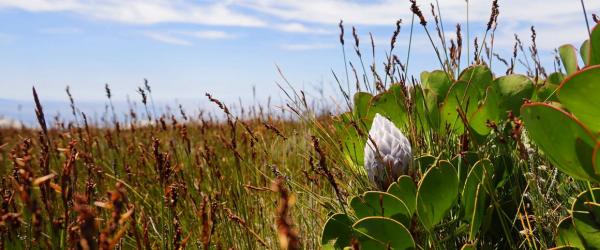Results & impact 28 October 2025
- Home
- CIRAD news
- News
- Avian influenza - Epidemic control and public research private player partnerships
Avian influenza | Public-private partnerships mean better epidemic control

The current Covid-19 pandemic is further proof of the difficulty of stopping certain infectious diseases within an ever more global economic system. Well before the SARS-CoV-2 coronavirus, other pathogens were able to spread exponentially via international trade networks.
This is the case, for instance, for avian influenza strains, which have emerged regularly since the early 2000s. To determine how this family of viruses, which are highly pathogenic for commercial poultry and potentially fatal in humans, can spread, two epidemiologists from CIRAD analysed almost 4000 scientific articles looking at this aspect of the disease.
Knowledge remains sketchy
While the question of the impact of wild bird movements on the global spread of avian influenza dominated the available literature, other factors affecting its spread, such as animal and human movements, were only covered in a minority of studies", says the article's lead author Claire Hautefeuille, a veterinary epidemiologist doing her PhD at CIRAD (i).
Of the 362 scientific publications looking at how the pathogen spreads, the researchers chose around fifty that were particularly relevant, for detailed analysis. That limited selection included work on poultry production and marketing networks. The articles studied the associated contamination risks: commercial poultry transport, movements of people involved at various points in the poultry supply chain, and mechanical transmission vectors (vehicles, contaminated equipment, etc).
"Our detailed analysis of those publications showed that it has never been possible to demonstrate the role of such movements in the spread of avian influenza using field data", Claire Hautefeuille explains. "The risk of the virus spreading via poultry production networks, for its part, has never been studied, except on a national level." Moreover, most of the work done to simulate the spread of the avian influenza virus did not use data from previous epidemics to configure analysis methods, making the resulting predictions less reliable.
Encouraging collaboration with the private sector
"To fill those gaps, it is vital to build close partnerships with firms in the poultry industry", says Marisa Peyre, an epidemiologist with CIRAD and co-author of the study. The complexity of poultry production and marketing networks and the limited access to data for the main stakeholders in the sector are major obstacles to the acquisition of new scientific knowledge.
In this highly competitive sector, firms too seldom work with research centres or health organizations. For instance, there are a dozen or so firms that share the global market for poultry farm chicks. "Initiatives such as the Guidelines for public-private partnerships in the veterinary domain (ii) are tools we can use to overcome that reluctance» , Marisa Peyre suggests.
EVACS: an innovative tool to help field players prevent virus spread Faced with a pathogen as fearsome as avian influenza, vaccination is the best way of preventing pandemics. For both practical and financial reasons, however, it is impossible to even think about vaccinating the 35 billion or so chickens produced worldwide each year. In that case, how could we adapt our vaccination strategy to such constraints, to reduce the risk of avian influenza spreading? This was the task set for the EVACS (Evaluation of vaccination strategies against animal diseases) system developed by CIRAD , which Claire Hautefeuille is working to improve in her thesis. The new version of the tool works in two stages: after describing the type of links between different poultry farms, it is capable of simulating virus spread from one type of farm to another. EVACS will eventually serve to identify the farms on which vaccinations should be carried out first to stop the spread of the virus. This innovative, adaptable tool, designed for field users, resulted in Claire Hautefeuille winning the regional final of "Three minute thesis Coimbra" in Montpellier on 25 February. |
(i) Claire Hautefeuille's thesis was written within the framework of a private-public agreement between CIRAD and the Ceva Santé animale firm.
(ii) The guidelines were drafted by the World Organization for Animal Health (OIE), with the help of CIRAD and with support from the Bill and Melinda Gates Foundation.



























